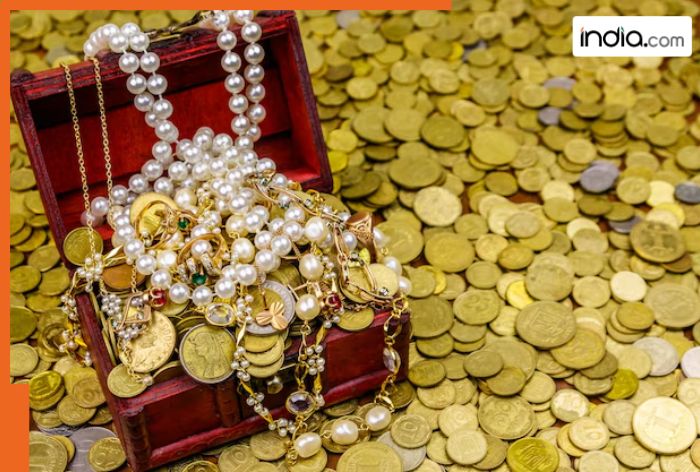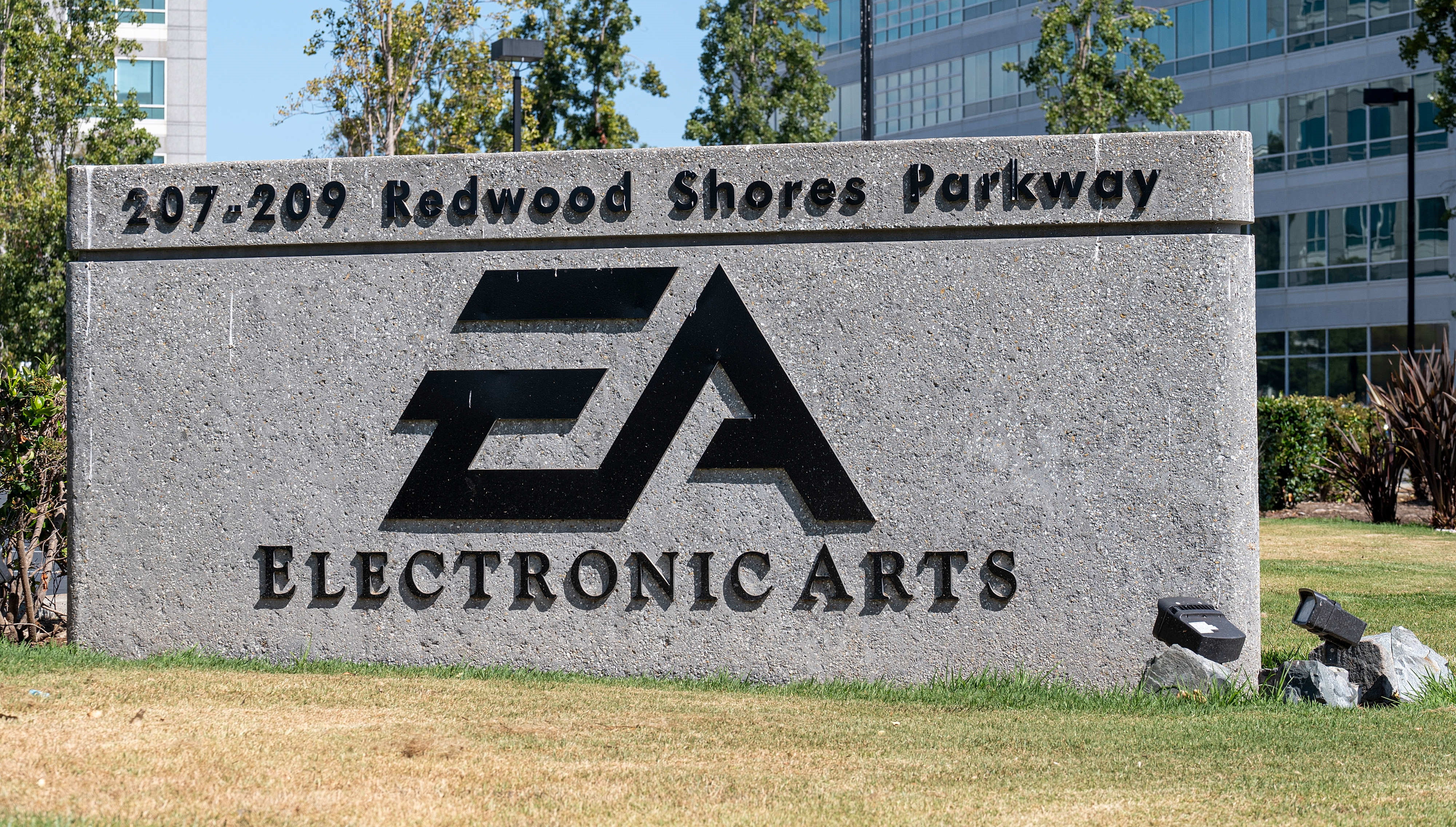Copyright india

A rare treasure of gold coins and jewelry dating back 1400 years has recently been discovered near the Sea of Galilee in Israel. Archaeologists noted that the coins come from the Byzantine period. According to the LiveScience report the hoard of treasure features 97 pure gold coins alongside additional jewelry pieces including earrings made with pearls semi-precious stones and glass. What exactly was discovered near the Sea of Galilee? This treasure was uncovered by the team of specialists while working on excavations in the archaeological site of Hippos (Susita) located in the foothills of the Golan Heights under Israeli sovereignty. Where was the hidden hoard of gold coins and jewelry found? When does this treasure date back to? Michael Eisenberg an archaeologist at the University of Haifa stated to Live Science that this is one of the five largest groups of gold hoards from that era ever uncovered in the region. In Hippos it is the first treasure of this nature ever discovered. The presence of jewelry as well as coins adds a numismatic dimension to the find. This treasure has the potential to be quite important for Israel. The addition of jewelry pieces and small currency makes it more interesting and numismatically important. Its the first of its kind in Hippos so far Michael Eisenberg told Live Science in an email. How did the expert team stumble upon the treasure in Hippos? In July expert Edi Lipsman found the hoard while walking by a large stone and two old walls. Lipsman indicated that a beep from a metal detector alerted him to the hoard. Initially he could not believe that there could be anything of value there but after looking one gold coin came up after the other. The device went crazy I couldnt believe it — gold coins started appearing one after another Lipsman said in a statement reported LiveScience. The coins feature a variety of emperors. The coins are dated from the reign of Byzantine Emperor Justin I (518–527) to the time of Emperor Heraclius (610–613). Some of the coins still show remnants of fabric suggesting that the hoard was possibly wrapped in some cloth when carefully stored. The report further mentioned that the coins include solidi large coins of high gold content from the Byzantine Empire; semisses which were worth half a solidus; and tremisses which were worth a third of a solidus. Eisenberg noted that it is unusual to find coins and jewels that are 1400 years old and look like theyve just come out of the mint. A tremissis in particular is rare. It was likely minted in Cyprus in 610 by General Heraclius the Elder & his son leading a revolt against Emperor Phocas which Heraclius the Younger eventually won when he proclaimed himself as the new emperor establishing the Byzantine Heraclian dynasty from 610 to 711. Danny Syon the excavations numismatist (coin expert) said in the statement This is a rare find that adds an important layer to our understanding of the political and economic history of the period. STORY HIGHLIGHTS In July expert Edi Lipsman found the hoard while walking by a large stone. The presence of jewelry as well as coins adds a numismatic dimension to the find. This treasure was uncovered by the team of specialists while working on excavations in the archaeological site of Hippos. The hoard of treasure features 97 pure gold coins alongside additional jewelry. According to coin expert Danny Syon this is a unique find that significantly helps to understand the political and economic history of that time. It is however still unclear as to why the treasure had been buried in the first place. History indicates that Hippos was an unstable place in the 7th century. Because of the military invasions from outside areas it is logical to think that people living in the region stashed their valuables for safekeeping.



